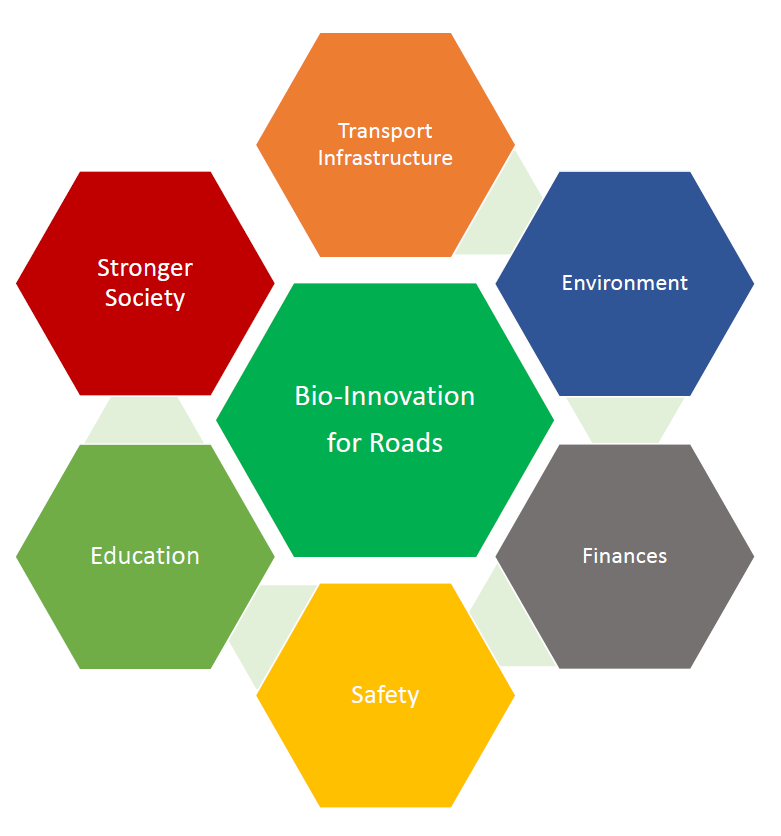Is this the end of the road for bio-inspired road construction materials?
DOI:
https://doi.org/10.21809/rilemtechlett.2022.156Keywords:
Bitumen, Bio-innovation, Self-healing Asphalt, Biomass, Bio-bitumen/rejuvenator, AsphaltAbstract
The global road network spans 64.3million km and is of huge significance for the social and economic development. The level of investment in road construction and maintenance is high, e.g. EU €44billion/year (2019), China €614.7billion/year (2019) and US €94billion/year (2019). Despite the level of investment, there has been minimal investment in the development of new asphalt technologies, particularly when compared with R&D investment in other industries, such as the automotive industry.
Despite the limited investment, there have been some innovations in asphalt technology. For the past 20 years, researchers have developed bio-inspired asphalt technology, self-healing and bio-binders and have applied them to asphalt pavements. This research has emerged as a response to global warming and the need to reduce both carbon emissions and reliance on oil in asphalt technology.
This paper charts the development of two bio-inspired technologies and considers their significance in relation to the need to reduce carbon emissions and oil dependence (in line with the UN strategic goals, specifically: SDG 9, 11 and 12). This paper considers the potential benefits of bio-inspired technologies and outlines the current barriers to their further development. This paper aims to begin a conversation with stakeholders on how to speed up the acceptance of bio-inspired asphalt technologies and their adoption in road design, construction and maintenance. Or is it the case that we have reached the end of the road for bio-inspired road construction materials?

Downloads
Published
How to Cite
Issue
Section
License
Copyright (c) 2022 Amir Tabakovic

This work is licensed under a Creative Commons Attribution 4.0 International License.
Authors retain copyright of the articles published in RILEM Technical Letters and grant the journal the right of first publication with open access. The work is simultaneously licensed under Creative Commons Attribution 4.0 International License (CC BY 4.0) that allows others to share and adapt the work under the following terms: 1) a proper attribution is given in a form of bibliographic record with the DOI link directing to RILEM Technical Letters; 2) a link to the license is provided; 3) the changes (if any) are indicated.









